Rake Soil Right: Steps To Prepare Your Beds For Planting
Introduction
Whether you're a seasoned gardener or just starting out, preparing your beds for planting is an important step in ensuring a successful harvest. By taking the time to rake your soil properly, you can improve drainage, aerate the soil, and remove any debris that could harm your plants.
In this blog post, we'll walk you through the steps of raking your soil for planting. We'll also provide some tips for making sure your soil is in the best possible condition for your plants.
What is Raking?
Raking is the process of loosening and leveling soil. It's a common gardening task that can be done by hand or with a rake.
There are several reasons why you might want to rake your soil. For example, raking can:
- Improve drainage: Raking helps to break up compacted soil, which can improve drainage. This is especially important for plants that prefer well-drained soil.
- Aerate the soil: Raking also helps to aerate the soil, which means adding oxygen to the soil. This is important for plant roots, which need oxygen to survive.
- Remove debris: Raking can also help to remove debris from the soil, such as rocks, sticks, and leaves. This debris can block drainage and harm plant roots.
How to Rake Soil for Planting
Raking soil for planting is a relatively simple process. However, there are a few things you'll need to do to make sure the job is done right.
First, you'll need to gather your tools. You'll need a rake, a shovel, and a wheelbarrow or bucket. If you're raking a large area, you may also want to wear gloves and long sleeves.
Next, you'll need to loosen the soil. If the soil is compacted, you'll need to use a shovel to loosen it up. Once the soil is loose, you can start raking.
Start by raking the soil in one direction. Then, rake the soil in the opposite direction. This will help to break up the soil and level it out.
As you're raking, be sure to remove any debris from the soil. This includes rocks, sticks, and leaves.
Once you've finished raking, you can test the soil to make sure it's in the right condition for planting. You can do this by digging a small hole and feeling the soil. The soil should be loose and crumbly, and it should be slightly moist.
If the soil is too dry, you can water it. If the soil is too wet, you can let it dry out a bit before planting.
Conclusion
Raking your soil is an important step in preparing your beds for planting. By following the steps above, you can improve drainage, aerate the soil, and remove any debris that could harm your plants. This will help to ensure a successful harvest.
Here are some additional tips for raking soil for planting:
- Rake the soil when it's moist, but not wet. This will help to prevent the soil from compacting.
- Rake the soil in the direction of the slope of your garden bed. This will help to prevent erosion.
- If you have a large area to rake, you may want to rent a power rake. This will make the job go much faster.
- Be sure to remove any large rocks or debris from the soil before planting. These can damage plant roots.
- Rake the soil until it's level and smooth. This will help to ensure that your plants get the same amount of water and nutrients.
By following these tips, you can rake your soil properly and prepare your beds for a successful harvest.
ake soil is a necessary step in many gardening tasks, such as preparing the soil for planting, leveling the soil, or removing weeds. There are many different types of rakes available, each with its own purpose. To learn more about raking soil, visit Home Gardening.
FAQ of rake soil
- What is a rake used for?
A rake is a garden tool with a long handle and a head with teeth that is used to level, smooth, or gather soil, leaves, or other materials.
- What are the different types of rakes?
There are many different types of rakes, each with its own specific purpose. Some of the most common types of rakes include:
* Garden rakes: These are the most common type of rake. They have a long handle and a head with a series of evenly spaced teeth. Garden rakes are used for a variety of tasks, such as leveling soil, removing weeds, and gathering leaves.
* Trench rakes: These rakes have a long handle and a head with a series of narrow, pointed teeth. Trench rakes are used for digging trenches and breaking up hard soil.
* Leaf rakes: These rakes have a long handle and a head with a series of wide, curved teeth. Leaf rakes are used for gathering leaves and other light materials.
* Mushroom rakes: These rakes have a long handle and a head with a series of curved, serrated teeth. Mushroom rakes are used for harvesting mushrooms and other small, delicate plants.
- When should I rake soil?
The best time to rake soil is in the spring or fall, when the soil is moist but not wet. Raking soil at this time helps to improve drainage and aeration, which can help plants to grow better.
- How do I rake soil?
To rake soil, start by removing any large rocks or debris from the area. Then, use the rake to level the soil and remove any clumps. If you are planting seeds, rake the soil until it is fine and crumbly.
- What are the benefits of raking soil?
Raking soil has many benefits, including:
* It helps to level the soil, which can improve drainage and aeration.
* It removes clumps of soil, which can make it easier for plants to root.
* It removes weeds and debris, which can help to prevent the spread of diseases.
* It breaks up hard soil, which can make it easier for plants to grow.
Image of rake soil
10 different images of rake soil that are free to use:
- A gardener raking soil in a garden bed.

- A close-up of a rake's tines digging into soil.
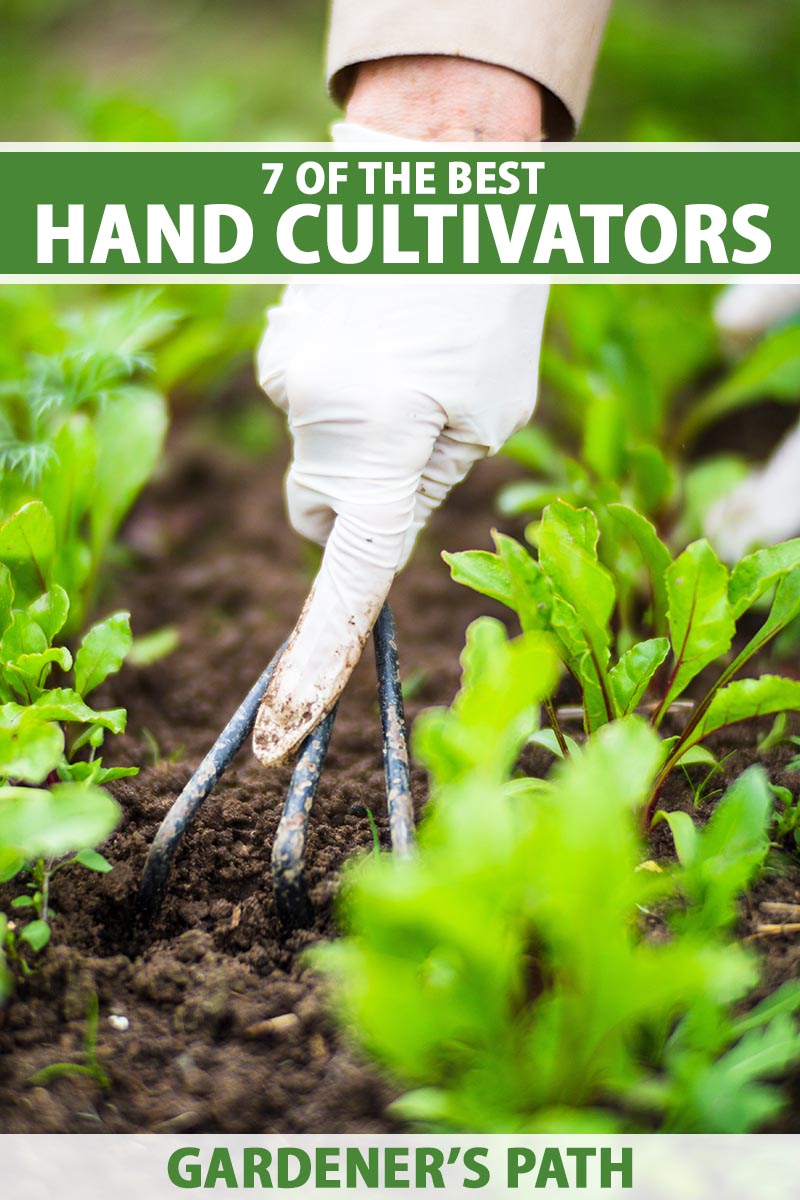
- A pile of raked soil ready to be planted.
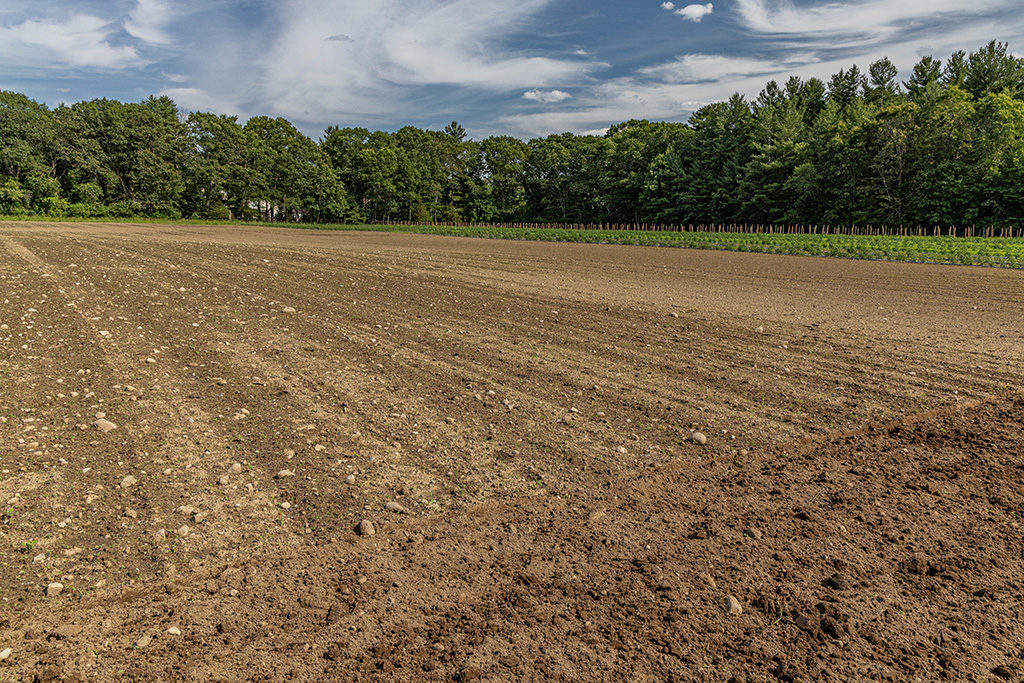
- A child raking soil in a sandbox.

- A rake dragging across the ground, leaving a smooth, even surface.
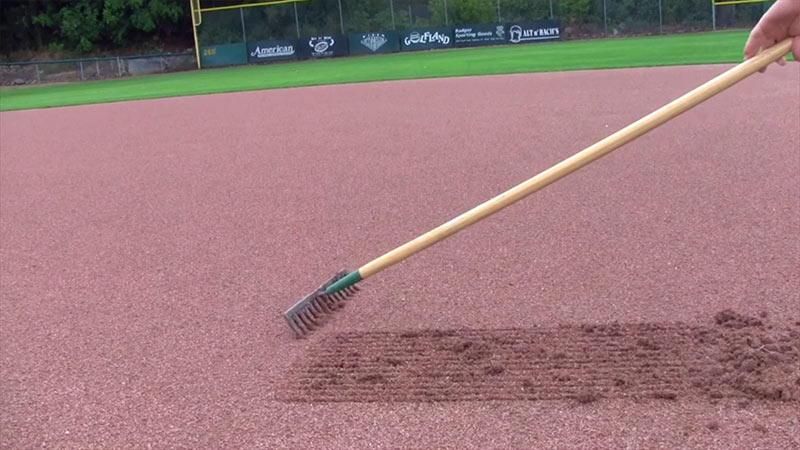
- A rake being used to level soil in a flower bed.

- A rake being used to mix compost into soil.

- A rake being used to remove weeds from a garden bed.
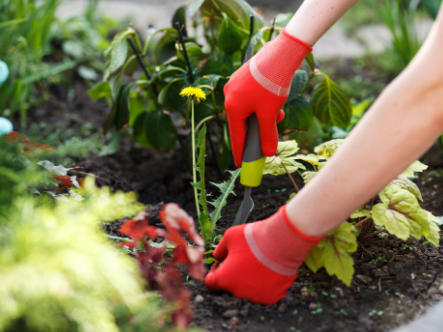
- A rake being used to create aeration holes in soil.

- A rake being used to spread mulch over soil.
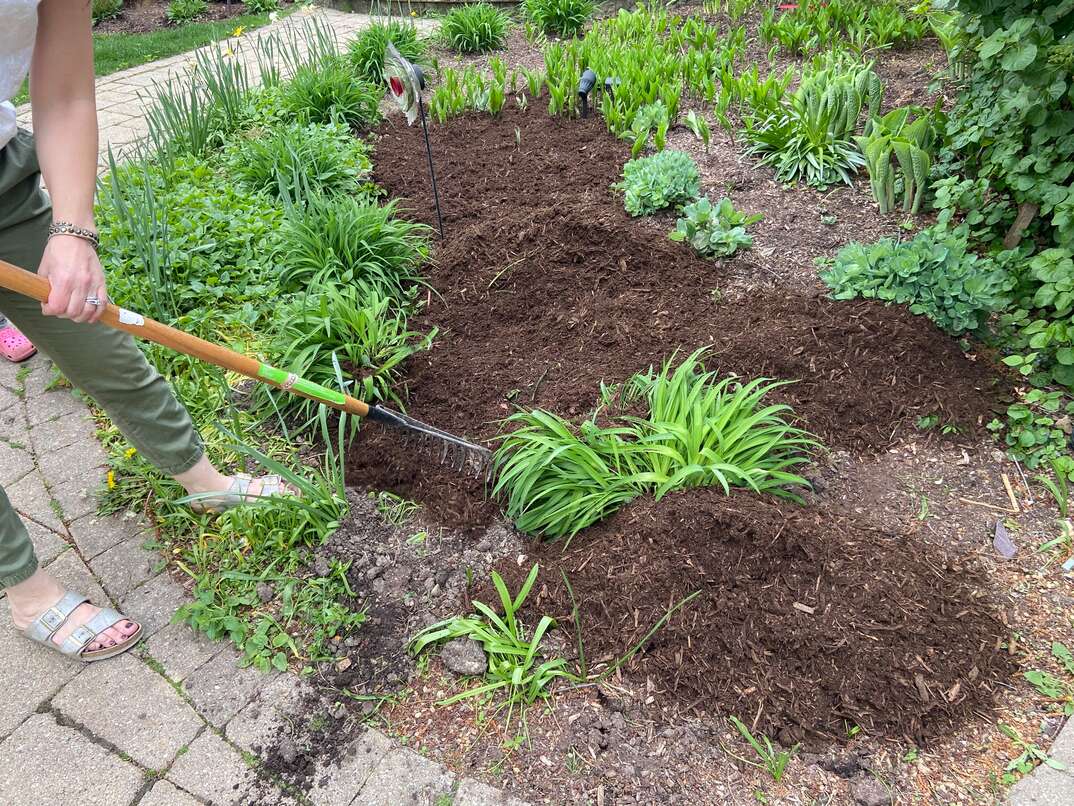
Our team is dedicated to delivering exceptional results with attention to detail and a commitment to customer satisfaction. From routine cleaning to deep cleaning services, we utilize eco-friendly products and modern techniques to ensure your spaces are not only clean but also safe for your family, employees, and clients.
ReplyDeleteWhether you need regular upkeep or one-time cleaning for special occasions, Alba’s Professional Cleaning Service is here to exceed your expectations. Discover the difference of working with a cleaning company that puts your needs first.
Contact us today to experience unparalleled Professional Cleaning Services in Gardena, CA, and let us help you enjoy a pristine and inviting environment.
At AB Concept Painting and Drywall, we specialize in providing top-quality Residential and Commercial Drywall Texture services in Killeen and surrounding areas. Whether you're a homeowner looking to refresh your interior or a business owner in need of reliable drywall solutions, our experienced team is here to deliver flawless results. We are proud to offer the Best Commercial Siding Repair services in Killeen, using high-grade materials and expert craftsmanship to ensure long-lasting durability and curb appeal. Our goal is to exceed your expectations with every project, big or small. Looking for Professional Drywall Texture services in Georgetown, TX? We’ve got you covered. From smooth finishes to custom textures, we tailor our services to meet your specific style and needs.
ReplyDeletehttps://abconceptspaintinganddrywall.com/